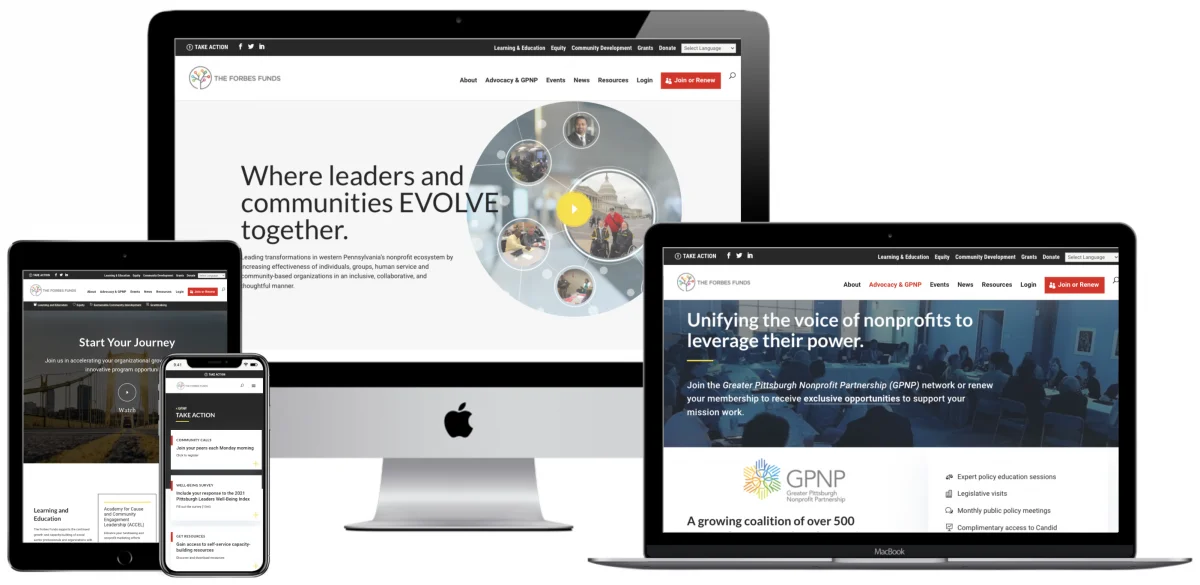Search is changing. Users no longer type a query into Google to find a simple answer. Google has changed its strategy and algorithms with the Core Updates and now tries to understand better ‘user intent’ and the stage of the buyer’s journey. In other words, what are users searching for, and what is their end goal? These concepts both tie into Google’s improved search journeys. Here’s what you need to know about changing your SEO strategy to meet these changes.
A recap of the buyer’s journey
Before we continue, let’s refresh. You’ve probably heard of the marketing buyer’s journey, especially if you’re a business owner or marketing company trying to capture customers. There are three stages: awareness, consideration, and decision. It’s a spectrum.
In the awareness stage, your potential customer is doing their research. People are more informed thanks to the internet and helpful business content. But, in the journey’s first stage, potential customers are searching for their problem. They may not know that solutions are out there. They will search for an issue they have to see what the Google gods deliver. The awareness stage pieces should describe a customer’s potential problem and help guide them to the answer (one of which could, naturally, be your product or service). Write content along these lines to capture potential buyers at the beginning of their journey, which is very important in convincing people that you’re a very trustworthy and worthwhile company. After all, you’re being very helpful for free. That customer could easily buy from a competitor once they’ve garnered your all-important answers, but you get to convince them that you’re better than your competitors. On to stage two!
The second stage is the consideration stage. The customer has discovered they have a problem. They know that your product or service can solve that problem, but they still want to be sure they are getting the best product, the best deal, the most competitive item, the best value for money, and so forth. That’s where you may want to write content about product or service comparisons. The customer has a problem and three products can solve it. How do these three products compare, for example? Write content along those lines and capture buyers at the second stage in their journey. You’ll reach the final stage: convincing them you’re the one.
In the final stage, the decision stage, the customer knows you’re the one and they are ready to buy. The content at this point should be brand specific and discuss things like free trial offers, case studies, testimonials, detailed comparison charts, and so forth. You’re reassuring the customer that they have made the right decision in choosing your product. For example, it may be slightly more expensive than the competitor, but it’s worth it because of x, y, and z, and it works better and has a money-back guarantee, et cetera. This content is about the close.
So, when potential customers enter keywords into Google, Google wants to understand the context of that search and where they are up to in that buyer’s journey. Do they want to be shown stage two content or are they ready to sign up for that free trial? Google looks at their search history: where they have been to predict what they are likely to do next.
What do context- and intent-based results mean for my SEO strategy?
What that means for SEO is that it’s no longer good enough only to rank for certain keywords. You may have been in the top spot in Google for a solid six months, but now you may not show up if your content doesn’t match with the user’s intent and context. Your content may have been decision stage when most searchers are looking for awareness stage and you’ve missed the mark.
These shifts are precisely why it’s essential to keep abreast of new changes in Google. Google as a concept is like those computer-adaptive standardized test or an AI robot. It’s getting smarter; it’s learning; it’s shifting. And that requires new strategies. Old marketing techniques and tactics are quickly becoming outdated and only those who keep their fingers on the figurative pulse won’t be left behind.
How does search work now?
Google’s search results used simply to be a way of giving the ‘best’ answer to the query, which was based on keyword matches, local SEO, relevance, and other factors.
Let’s say a searcher types in ‘endocrinologist near me’ for the first time. They see some results. They have a specific condition and explore further. They view three specialists’ websites but decide to think about it.
Now, the user types in the same search terms a week later. Google knows how long that user has spent on each website and that the user wants the same results as last time, prioritizing those websites visited, especially the one visited for the longest time.
Additionally, the content shown will be information on how to contact that specialist doctor and maybe how to get your insurance to cover these providers. This information is stored and tracked in Google to help tailor later searches.
What is a search journey?
Now, let’s take that concept a step further. Google now maps searches like a ‘knowledge graph’ (an older technology examining connections between people, places, things, and facts). Google added AI to understand those connections better and how they grow over time. So, as you search for terms and learn about a topic, your search results will change and grow with you. That knowledge will be stored in Google’s activity cards and collections, which you can access later.
Activity cards and Google collections
These search journeys map your searches on activity cards, remembering articles and web pages you’ve visited about a topic. They’ll include information like how long ago you visited the website and which related websites you visited.
Users can also save information in their ‘Collections.’ Think of it as a large-scale Pinterest. You can save links, pictures, and articles and then name your collection, edit it, delete specific items you no longer want, and share the collection via a simple link.
Once this picture starts to form your search history, knowledge base, and interests, Google will tailor all your searches based on your collections and activity cards, contributing to your overall search journey.
How to fix your SEO strategy
For businesses, that means many will need a content re-think. Many businesses have content that is only about the decision stage (contact us now, buy now) and ignores the other stages in the buyer’s journey, which may be problematic. Watch your website metrics.
But before your results plummet, start by understanding which stage of the buyer’s journey your content does cover. Are there any gaps? What topics do you need to write about to create a full journey? How many pieces do you need?
Additionally, you’ll want to categorize your keywords by type: informational, navigational, transactional (we wrote a piece about this here if you want to find out more). Again, create more content around these keyword categories to capture more stages of the buyer’s journey.
Again, make sure you aren’t all commercial or all informational, for example. It’s best to capture all stages of the journey to ensure that your website answers the user’s intent, no matter their buying stage.
Need help updating your SEO strategy?
Get in touch today for a free consultation about your SEO strategy. From search journeys to intent-driven keyword strategy, conversion rate optimization, technical fixes, and more, we can help.

Elaine Frieman holds a Master’s Degree and is a UK-based professional editor, educational writer, and former marketing agency content writer where she wrote articles for disparate clients using SEO best practice. She enjoys reading, writing, walking in the countryside, traveling, spending time with other people’s cats, and going for afternoon tea.

